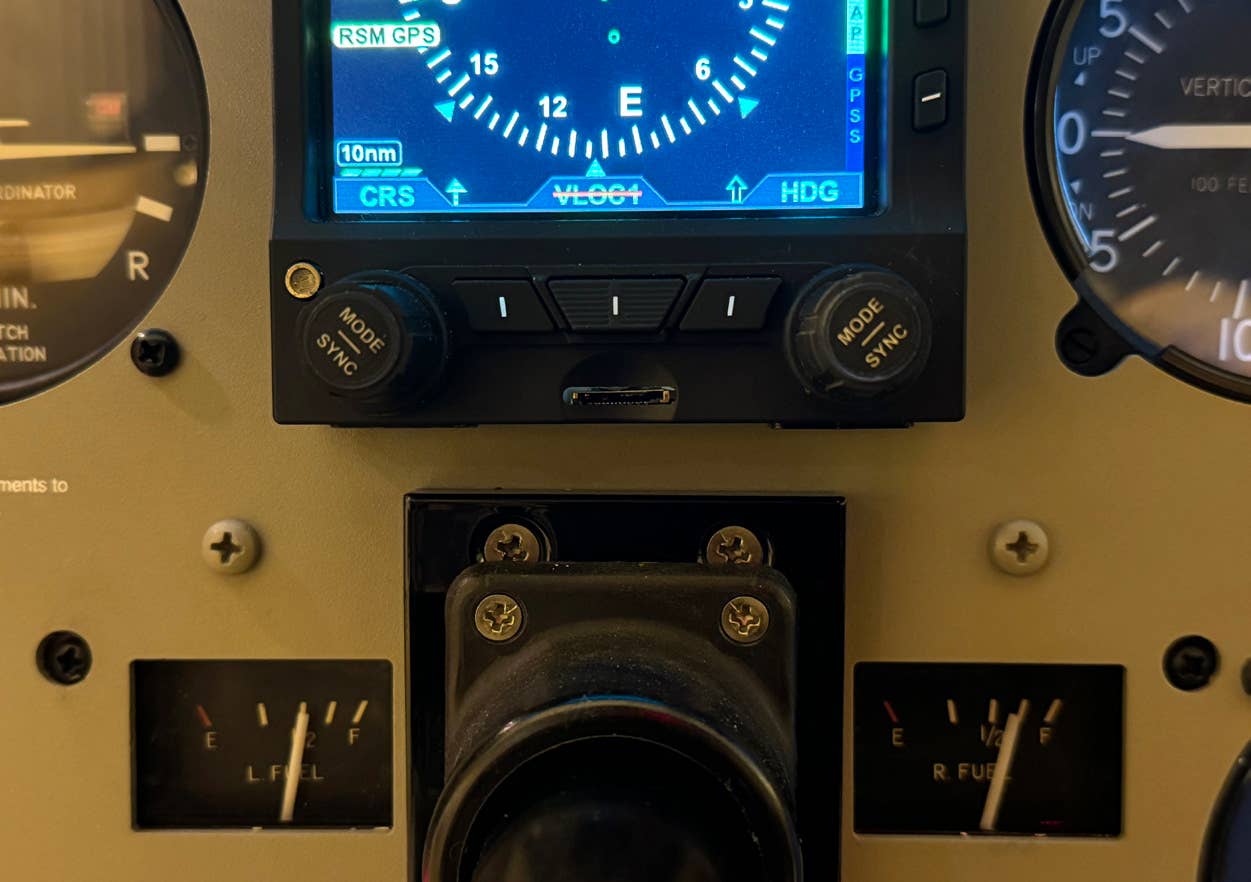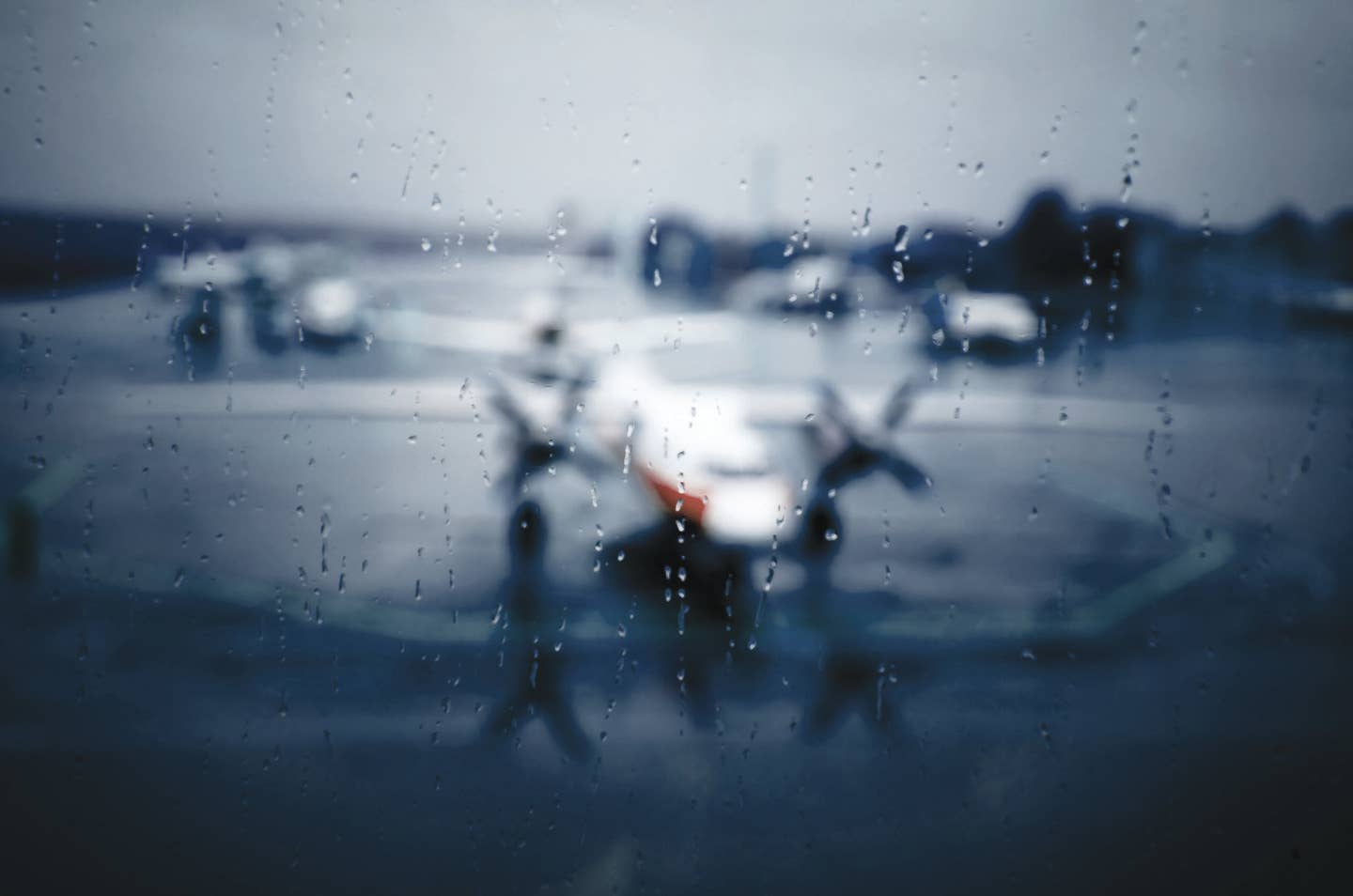
What do airplanes and sharks have in common? Maybe not a whole lot at the moment, but that could change – radically so – if aerodynamics research just getting under way at the University of Alabama pays off.
Dr. Amy Lang, endowed with a Lindbergh Foundation grant, has launched a study aimed at determining how the skin of fast-swimming sharks, which flex and bristle their scales when in hot pursuit of prey, can be applied to reducing aircraft drag.
Sound far-fetched? The issue of streamlining drag over solid surfaces in high velocity flows has been one of the top areas of study in aerodynamics for years. It is estimated that even a 1-percent reduction in drag could save an airline $100,000 to $200,000 and at least 25,000 gallons of fuel each year – per airplane. Worldwide, this 1 percent reduction could translate to fuel savings of more than $1 billion a year while reducing aviation carbon emissions substantially.
The type of research Dr. Lang has undertaken falls under a scientific category known as biomimicry – and it’s big business for companies that make everything from vacuum cleaners to passenger vehicles. Simply stated, biomimicry attempts to peer beyond the mysteries of nature to determine how challenges are solved, and thereby help create the next great consumer and industrial products.
You benefit from biomimicry-based research everyday, often without knowing it. Take Velcro as an example. The hook-and-loop fastener was patented in 1955 by a Swiss scientist named George de Mestral after he became fascinated by the burrs that stuck to his clothing and the fur of his hunting dogs. Examining them under a microscope, he noted the burrs consisted of hundreds of tiny hooks that clung to anything with a loop.
Researchers at 3M studied barnacles to determine how the small crustaceans managed to cure to the sides of boats, even while submerged in water. Their studies into how barnacle adhesives polymerize led to the creation of new types of industrial glues.
In aviation, scientists have studied everything from butterflies to bumble bees to help us better understand the mysteries of aerodynamics. Boeing engineers even once traveled to the Costa Rican rain forest, where they observed the gentle oscillations of daddy-longleg spiders and wondered about applications for new types of low-energy mechanical actuators.
Applying the lessons of biomimicry from the bristling of shark scales is probably novel in aviation, but that doesn’t mean it wouldn’t work. Experiments have revealed that sharks don’t actively move their scales, which are loosely embedded in their skin via rubber-band-like tendons. Instead, the structures prickle when water flowing around the shark “detaches” from its aerodynamic body. The way the scales turn helps reduce the water’s drag on the fast-moving shark.
Working with a team of biologists, Dr. Lang plans to perform water tunnel experiments to measure the flow over and within a bristled sharkskin model, using the shortfin mako, a relative of the great white shark, as her test subject. Lang’s objective is to uncover the boundary-layer control mechanisms of the bristled sharkskin to figure out just how sharks minimize their drag in water. Once she has done that, she hopes she can apply her research to cutting aircraft drag. Her goal is an amazing 30-percent reduction.

Sign-up for newsletters & special offers!
Get the latest FLYING stories & special offers delivered directly to your inbox






